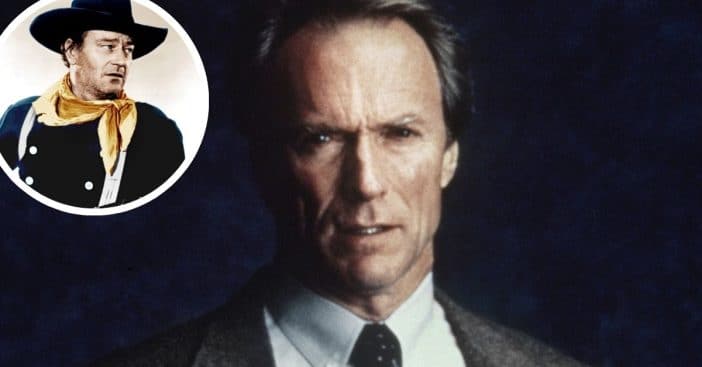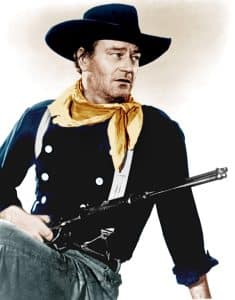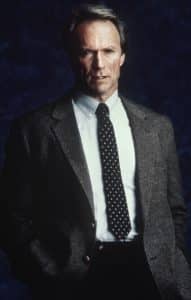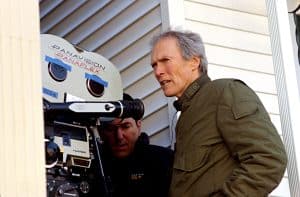
Clint Eastwood and John Wayne were two icons of the Western drama, yet they represented both different times and very different styles. Wayne’s disdain for Eastwood’s style forged a memorable rivalry, but Eastwood harbored great respect for one “brilliant” performance by the Duke.
With Wayne entering the Western scene in the 1930s and Eastwood cementing his place in the late ’50s, fans of both have seen Wayne lay out a foundation that Eastwood distinctly transformed, transitioning from a righteous purity to gritty gray morality. Wayne thought little of this new approach, but as far as Eastwood is concerned, The Searchers remains one of Wayne’s best works.
Clint Eastwood believes John Wayne was “brilliant” in ‘The Searchers’

Released in 1956, The Searchers is an epic Western based on the 1954 novel by Alan Le May. It stars Wayne as an aged Civil War veteran, Ethan Edwards, who is on a prolonged hunt for his abducted niece, played by Natalie Wood. He is joined by his adopted nephew, played by Jeffrey Hunter. While Wayne usually favored characters in good moral standing, this role came with some reprehensible behavior, and that impure morality earned respect from Eastwood.
RELATED: John Wayne Raged Against Clint Eastwood In Movie That Nearly Starred His Rival
Upon release, The Searchers proved a commercial and critical triumph, and is still regarded as one of the greatest and most influential films of all time.
“That’s one of his brilliant performances,” praised Eastwood, “and brave, because he wasn’t afraid to play the flat-out racism.” He added, “And when you look at his eyes at that moment, you know it wasn’t something good that he saw, and you’d almost resent it if he started explaining it.”
A messy relationship of respect, resentment, and rivalry

While The Searchers came well into Wayne’s career, Eastwood was still a rising star who did not yet have Sergio Leone’s Dollars Trilogy of spaghetti Westerns to his name. For Eastwood, The Searchers was a lesson to learn from at a valuable point in the early days of his career.
So, when one scene shows Ethan returning to the family home and discovering the body of one of his nieces. Except the body is never shown; everything the audience needs to see is in Wayne’s expression and his solemn words, urging no one to ever ask him what he saw. This informed Eastwood of the power of a look, of letting the unknown speak volumes more than an actual visual ever could.

He adopted this into 2003’s Mystic River, having learned decades ago, “If sometimes something is left unsaid, it’s much more picturesque in the person’s mind that’s drawn out for you, which could be disappointing because you wish it were something else”
